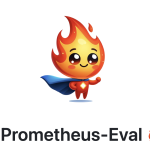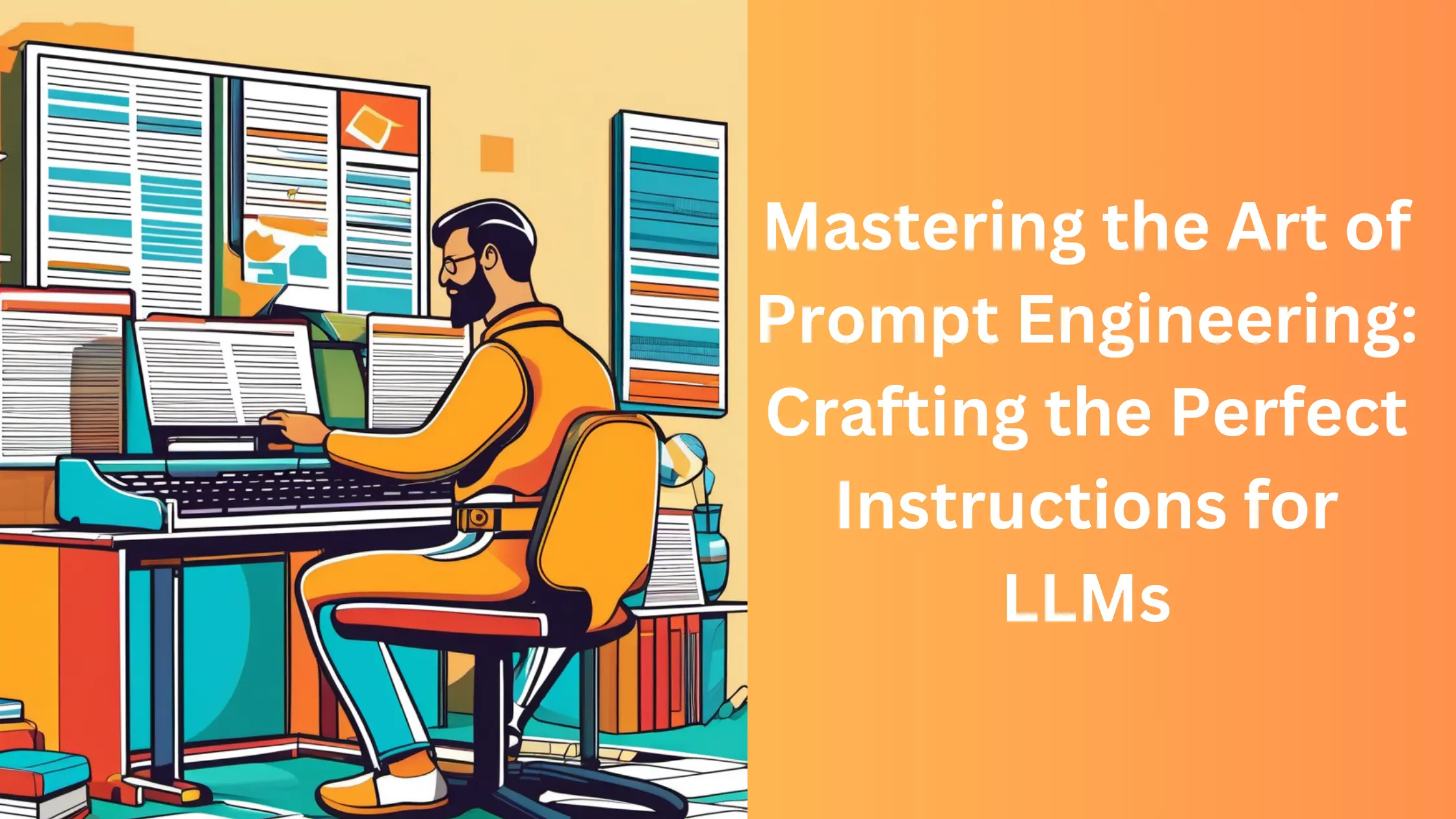In the ever-evolving realm of AI-driven content generation, your ability to wield the power of language models hinges on one essential skill: prompt engineering. Imagine having the ability to instruct a machine to generate precisely the content you desire, whether it’s informative articles, creative stories, or unbiased analysis.
In the age of advanced AI language models, the power to harness their potential lies in the fine art of prompt engineering. Prompt engineering involves crafting the right instructions or prompts to elicit the desired response from a Large Language Model (LLM). Whether you need a blog post, a product description, a story, or information on a sensitive topic, understanding the nuances of prompt engineering is key. In this blog post, we’ll explore the world of prompt engineering and provide you with various types of prompts, along with real-world examples, to help you get LLMs to generate the content you want.
The Basics of Prompt Engineering
Before diving into the various types of prompts, it’s essential to grasp some fundamental principles of prompt engineering:
- Clarity and Specificity: Begin with clear and specific instructions. Ambiguity can lead to unpredictable results. You should always specify the type of content you want and any important details.
- Context and Examples: To improve the quality of the generated content, use context and examples. These can guide the LLM in the right direction. Provide relevant information, such as product features or the setting of a story.
- Experimentation: Finding the perfect prompt might take some experimentation. Be ready to iterate and refine your prompts until you achieve your desired results.
- Bias Mitigation: LLMs may reflect biases present in their training data. To ensure unbiased content, explicitly mention your expectations regarding objectivity.
- Balancing Specificity and Creativity: While specific instructions are crucial, allow room for creativity. Overly rigid prompts can stifle the model’s ability to generate innovative content.
Types of Prompts and Examples
Now, let’s explore different types of prompts and provide examples for each:
1) Informational Content Prompt:
An Informational Content Prompt is designed to instruct a language model to generate informative and fact-based content on a specific topic. This type of prompt is typically used to request articles, reports, or explanations. It requires clear and specific instructions, often including details about the topic, desired length, and any specific sources or references to be included. The aim is to obtain well-researched, informative content that provides valuable insights on the chosen subject.
Eg: “Produce a comprehensive 800-word article on the causes and consequences of deforestation in the Amazon rainforest, highlighting its impact on biodiversity, climate change, and indigenous communities. Please include statistics, recent research findings, and credible sources to support the information presented.“
2) Product Description Prompt
A Product Description Prompt is used to instruct a language model to generate a detailed and persuasive description of a product or service. This type of prompt is often employed by businesses and e-commerce platforms to create compelling product listings. It requires clear instructions about the product’s features, benefits, target audience, and any unique selling points. The aim is to produce engaging content that helps potential customers understand and appreciate the product’s value.
Eg: “Write a captivating product description for a high-end digital camera. Emphasize its state-of-the-art image sensor technology, ability to capture stunning low-light shots, and suitability for both amateur photographers and professional enthusiasts. Highlight its sleek design and ease of use to engage potential buyers.“
3) Creative Writing Prompt
A Creative Writing Prompt is designed to instruct a language model to generate imaginative and fictional content, such as stories, poems, or creative pieces. This type of prompt is often used for entertainment, storytelling, or artistic expression. It typically provides a scenario, theme, or specific elements that the writer should incorporate into the narrative, allowing for creative freedom within the provided constraints.
Eg: “Craft a short story (around 500 words) about a time-traveling historian who stumbles upon a mysterious, forgotten diary in an ancient library. The diary contains entries from various time periods, each revealing a significant historical secret. Create a sense of suspense, wonder, and intrigue as the protagonist unravels the diary’s secrets.“
4) Sensitive Topic and Bias Mitigation Prompt
A Sensitive Topic and Bias Mitigation Prompt is employed to instruct a language model to generate content on a potentially controversial or sensitive subject while ensuring objectivity and avoidance of bias. This type of prompt is essential when discussing topics that have the potential to be influenced by political, social, or cultural biases.
Eg: “Provide an impartial analysis of the impact of climate change policies on global economies. Ensure the content is based on scientific research, economic data, and expert opinions, with an emphasis on presenting both positive and negative aspects. Avoid favoring any specific political or ideological standpoint.“
5) Tone and Style Prompt
A Tone and Style Prompt is used to guide a language model in generating content with a specific mood, tone, or writing style. This type of prompt is valuable when you want the content to have a particular emotional or stylistic impact on the reader.
Eg: “Compose a persuasive speech (approximately 500 words) on the importance of environmental conservation. Infuse the text with an inspiring and motivational tone, encouraging the audience to take immediate action to protect our planet. Employ positive and uplifting language throughout the speech.“
Prompt engineering is the key to unlocking the full potential of LLMs and getting them to generate the content you desire. By crafting clear, context-rich, and specific prompts, you can guide these models to produce content that matches your needs, whether it’s informative articles, creative stories, product descriptions, or unbiased analysis. Remember that experimentation and understanding potential biases are crucial elements in your journey to prompt mastery. So, go ahead, and start engineering prompts to get precisely the content you want from large language models like GPT-3.











